The use of stainless steel rectangular tubes has become more widespread with the development of the economy. People are closely related to stainless steel rectangular tubes in their daily lives, but many people do not know much about the performance of stainless steel rectangular tubes, and know even less about the maintenance of stainless steel rectangular tubes. Many people think that stainless steel rectangular tubes will never rust. In fact, stainless steel rectangular tubes have good corrosion resistance. The reason is that a passivation film is formed on the surface, and it exists in the form of a more stable oxide in nature. In other words, although the degree of oxidation of stainless steel rectangular tubes varies according to different use conditions, they are eventually oxidized. This phenomenon is usually called corrosion.Stainless steel rectangular tubes are as likely to suffer corrosion as stainless steel square tubes.
Why should stainless steel rectangular tubes be cleaned regularly?
All metal surfaces exposed to a corrosive environment undergo electrochemical or chemical reactions and are uniformly corroded. The parts of the passivation film on the surface of the stainless steel rectangular tube with weak corrosion resistance form pitting reactions due to self-excited reactions, generating small holes. In addition, the presence of chloride ions forms a very strong corrosive solution, which accelerates the speed of the corrosion reaction. There is also intergranular corrosion cracking inside the stainless steel rectangular tube. All of these have a destructive effect on the passivation film on the surface of the stainless steel rectangular tube. Therefore, the surface of the stainless steel rectangular tube must be cleaned and maintained regularly to maintain its gorgeous surface and extend its service life. When cleaning the surface of the stainless steel rectangular tube, care must be taken not to scratch the surface, avoid using detergents with bleaching ingredients and abrasives, steel wool, grinding tools, etc. To remove the detergent, rinse the surface with clean water at the end of washing.
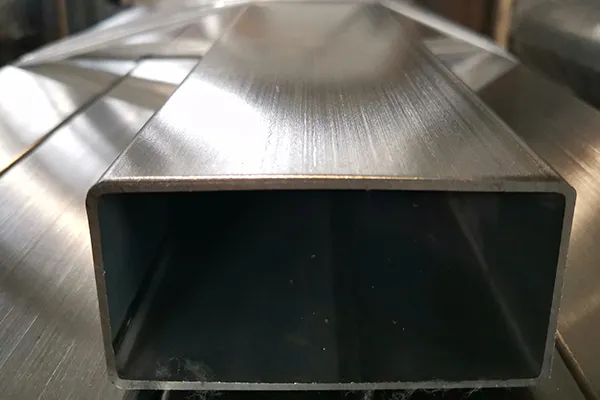
If there is dust and easy-to-remove dirt on the surface of stainless steel rectangular tubes, you can use soap, weak detergent or warm water to wash. For trademarks and films on the surface of stainless steel rectangular tubes, use warm water and weak detergent to wash, and for adhesive components, use alcohol or organic solvents (ether, benzene) to scrub. Grease, oil, and lubricating oil pollution on the surface of stainless steel rectangular tubes should be wiped clean with a soft cloth, and then cleaned with neutral detergent or ammonia solution or special detergent.
If there is bleach and various acids attached to the surface of stainless steel rectangular tubes, rinse with water immediately, then soak with ammonia solution or neutral carbonated soda solution, and wash with neutral detergent or warm water.
The rainbow pattern on the surface of stainless steel rectangular tubes is caused by excessive use of detergents or oils. It can be washed away with warm water and neutral detergent. Rust caused by dirt on the surface of stainless steel rectangular tubes can be washed with 10% nitric acid or abrasive detergent, or with special detergents. As long as we use the correct maintenance method, we can extend the service life of stainless steel rectangular tubes and keep them clean, bright, and gorgeous.
Frequently Asked Questions (FAQ)
Q1: Can stainless steel pipes be cleaned with WD-40?
A: Yes, WD-40 can be used for light decontamination and surface protection, but it should be wiped clean after use to avoid oil residue. It cannot replace daily cleaning.
Q2: Why do my stainless steel pipes rust?
A: It may be caused by contact with ironware, chlorine-containing detergents, humid environment, or damage to the surface protective film. It is recommended to use rust remover and polish for protection.
Q3: How often is it appropriate to clean?
A: It is recommended to clean once a week for light indoor use; once a month for outdoor or high-frequency use areas; once every 1-2 weeks for industrial or coastal areas.






 English
English Español
Español بالعربية
بالعربية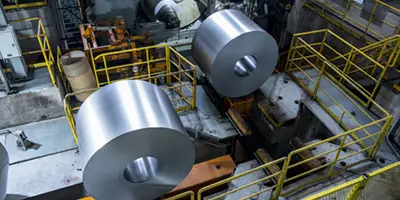

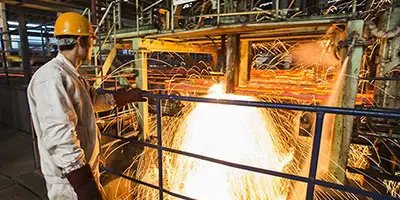
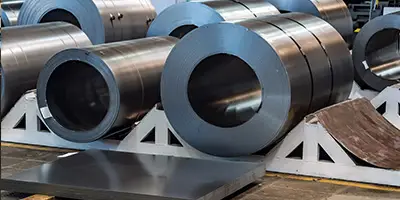

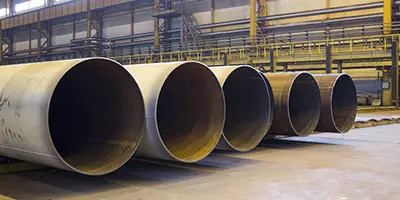


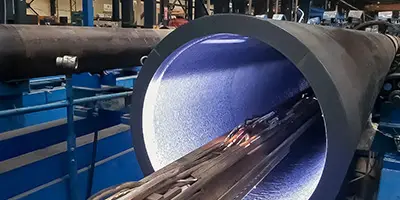



 Phone :
Phone :  Whatsapp :
Whatsapp :  Email :
Email : 


